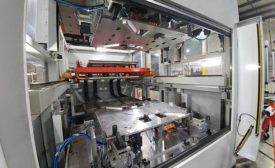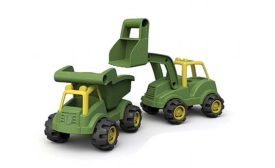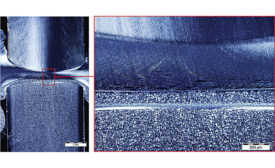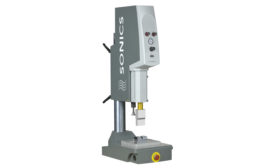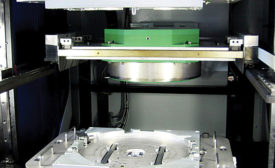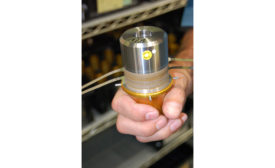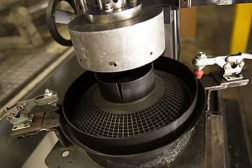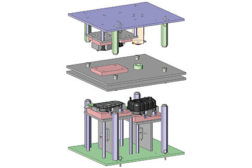Home » Keywords: » hot-plate welding
Items Tagged with 'hot-plate welding'
ARTICLES
Hot-plate welding produces strong, leak-tight joints in plastic assemblies with complex geometries.
Read More
Assembly Methods for Bioplastics
Plastics made from plant-based materials are increasingly being used in a variety of applications.
February 5, 2018
Welding Incompatible Thermoplastics
Incompatible thermoplastic polymers can be welded by using polymer blends that are compatible with both components.
September 8, 2016
Comparing Methods for Plastics Assembly
Engineers have myriad options for joining plastic parts. Which is best for your application?
August 5, 2014
Never miss the latest news and trends driving the manufacturing industry
Stay in the know on the latest assembly trends.
JOIN TODAY!Copyright ©2024. All Rights Reserved BNP Media.
Design, CMS, Hosting & Web Development :: ePublishing
